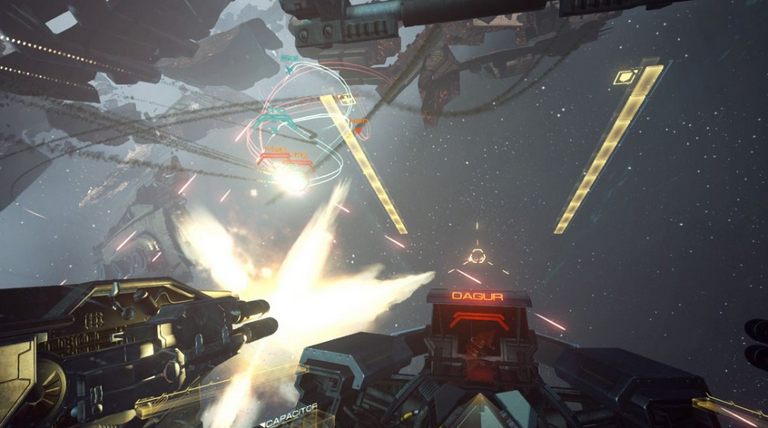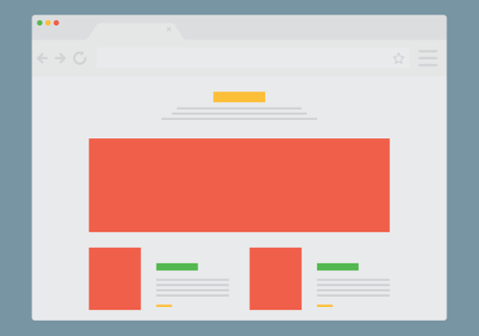Upload Your ResumeEmployers want candidates like you. Upload your resume. Show them you're awesome.
VR Presents Potential UX Issues for Designers
Over the years, software UX has evolved in ways instantly familiar to anyone who’s ever used a PC or tablet. A great many applications and operating systems feature bars along the top or bottom, loaded with icons or interactive menus. Lots of software also features dynamic left and right rails, similarly thick with clickable elements. The point of this design is to leave the center of the screen free for whatever actions the user wants to take, and it’s worked out well so long as computing’s existed behind a screen. But the emergence of VR as an actual computing platform, as opposed to a clunky gimmick, could force software developers to change how they approach UX. Check out the latest virtual reality jobs. As pointed out by Wareable, VR lacks corners or edges, which makes it hard to place icons or menus; render the design elements too large, and they can actively limit the user’s range of sight. Right now that’s a problem for games, who seem to be the primary focus of software developers’ efforts for Oculus Rift and other VR platforms; but as more companies and developers figure out how to use VR for business and consumer pursuits, UX will become an even more pressing issue.
Image: CCP Games



